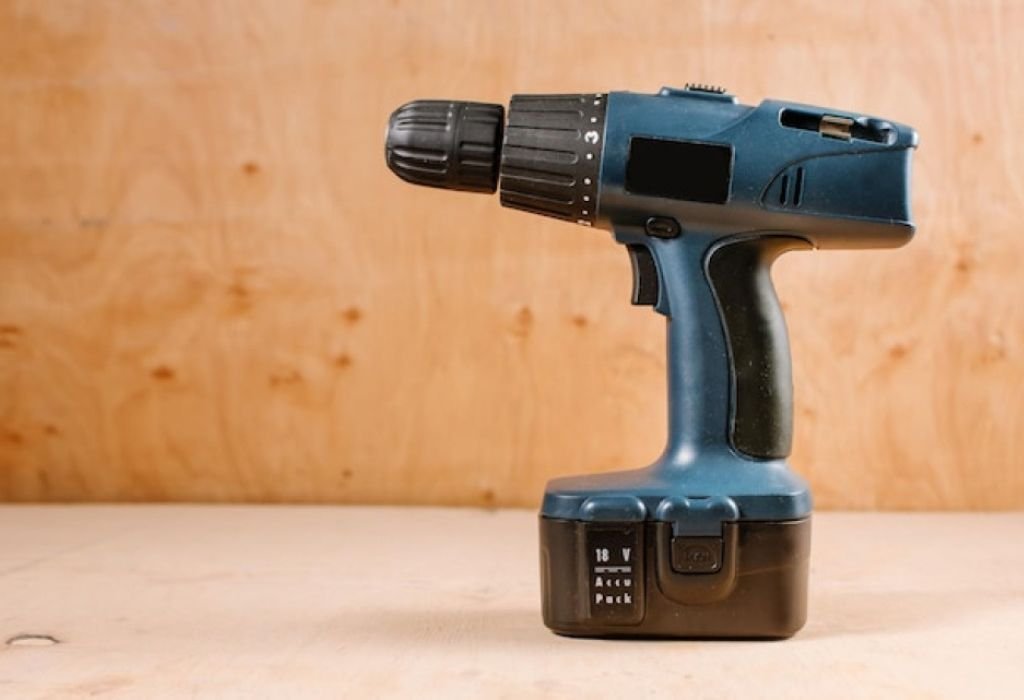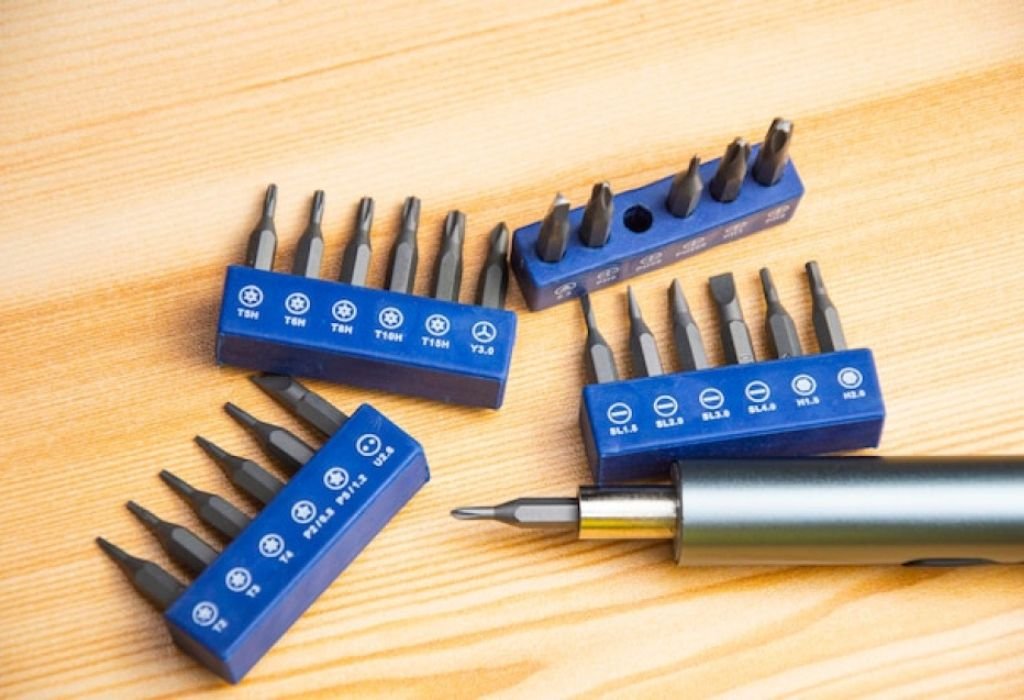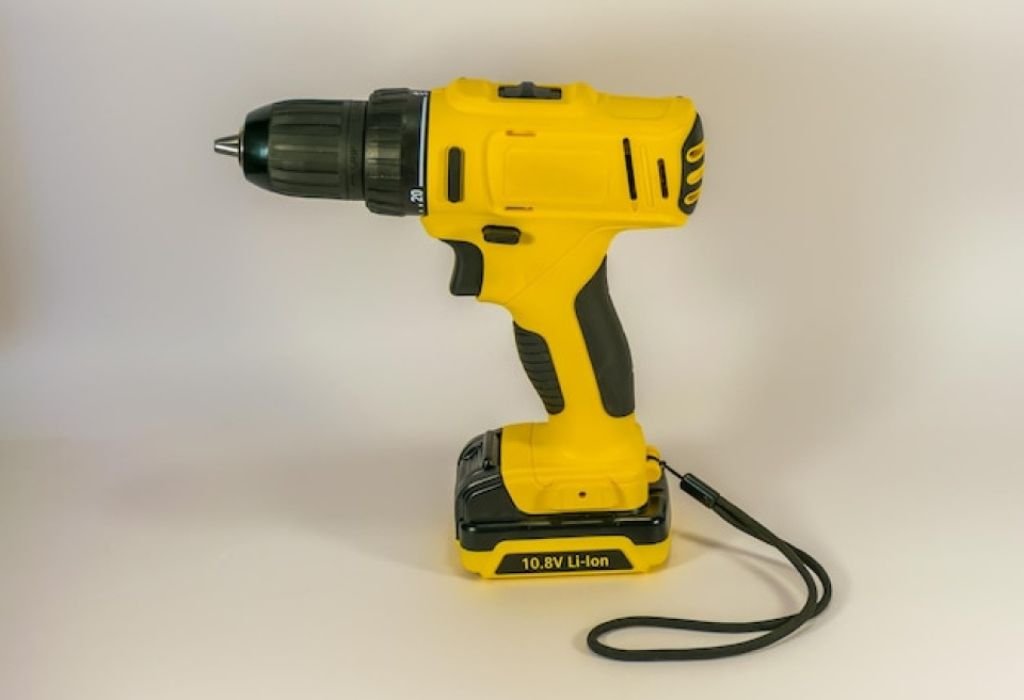A weekend project can quickly stall when the wrong tool is used. A dull bit in a brushed drill may overheat, while a long deck screw may strip under too much torque.
This raises the critical question: what is a brushless drill vs impact driver, and which one should you use?
The distinction matters for both DIY and professional work. A brushless drill provides precision control for clean holes, delicate fastening, and versatile applications.
An impact driver, on the other hand, delivers powerful rotational impacts that sink screws faster and with less strain on the wrist.
Statistics show the difference in efficiency is significant. Brushless motors run up to 50% more efficiently than brushed designs, giving longer runtime and cooler operation (Makita).
Impact drivers can produce over 1,500 in-lbs of torque with thousands of impacts per minute, far exceeding standard drill power (DeWalt).
The benefit of understanding these tools goes beyond speed. Using the right driver prevents stripped screws, split wood, and burnt-out motors. Choosing correctly also extends battery life, protects materials, and reduces frustration during projects.
Curiosity often grows when new buyers see combo kits with both a brushless drill and impact driver. Without clear guidance, it is easy to buy one tool and expect it to do everything.
This guide will compare the two in detail—covering power, speed, ergonomics, bit compatibility, battery performance, cost of ownership, and future innovations.
By the end, readers will know exactly when to pick a brushless drill and when an impact driver is the smarter choice.
Quick Answer—When to Use Each Tool

A brushless drill is designed for versatility. It excels at drilling holes in wood, metal, and plastic while offering controlled fastening with a clutch and adjustable speed.
An impact driver is made for power and speed. It delivers short bursts of rotational force that make driving long screws and bolts much easier.
If the project requires clean holes and precision fastening, a brushless drill is the best choice. If it involves dense materials, lag bolts, or stubborn fasteners, an impact driver will save time and effort.
Together, they complement each other and cover almost every DIY and professional need. Many contractors and homeowners rely on combo kits for this reason.
Can either tool do both jobs?
Yes. Both can overlap, but drills are better for holes and impacts for heavy fastening.
Is brushless always better?
Yes. Brushless technology improves efficiency, runtime, and tool longevity.
Do you need both tools?
Frequent builders and remodelers benefit from having both, while casual users may start with a brushless drill.
What about a hammer drill?
That’s different. A hammer drill is for masonry, not the same as an impact driver.
Which is best for deck screws?
The impact driver, because its high torque prevents cam-out and sinking issues.
What “Brushless” Means in a Drill
Brushless motors use electronics instead of carbon brushes. This reduces friction, heat, and energy loss.
The result is greater efficiency, longer runtime, and a smaller tool design. Brushless drills also provide consistent power under load and smarter torque control.
Because they operate cooler, they last longer and require less maintenance. Although more expensive, the investment pays off over time.
Does brushless increase runtime?
Yes. Expect noticeably longer runtime per charge.
Are brushless drills stronger?
Yes. They typically deliver more sustained torque.
Do brushless motors need less maintenance?
Yes. No brushes to replace reduces upkeep.
Is a brushed drill still acceptable?
Yes, for light-duty work, but less efficient.
Does brushless increase cost?
Yes. Brushless tools cost more upfront.
Impact Driver Fundamentals
Impact drivers use a hammer-and-anvil mechanism to generate high torque. This makes them excellent for driving long screws and bolts without slipping.
The impacts reduce the strain on the user’s wrist. Instead of continuous torque, the tool delivers bursts of rotational force.
They also use a ¼-inch hex collet, which only accepts hex-shank bits. For this reason, they are not ideal for standard drill bits.
Why less cam-out with impact drivers?
Because the impacts keep the bit engaged.
Can impact drivers drill holes?
Yes, with hex-shank drill bits, but within limits.
Are they noisy?
Yes. Percussive action makes them loud.
Do impacts damage small screws?
Yes, if torque is not controlled.
What fasteners suit impact drivers best?
Lag bolts, deck screws, and structural fasteners.
Head-to-Head—Power, Speed, Control, Ergonomics
Brushless drills provide steady torque and fine speed control. This makes them better for hole-making and delicate fastening.
Impact drivers offer much higher torque with less wrist strain. They excel in driving heavy fasteners quickly.
Drills usually have larger, heavier bodies, while impact drivers are shorter and lighter. Ergonomics play a role in comfort during extended use.
Which is better for hole saws?
Brushless drills handle them better.
Which fits better in tight spaces?
Impact drivers are more compact.
Which reduces wrist strain?
Impact drivers, due to reduced reaction torque.
Which offers more control?
Brushless drills, with clutch and RPM settings.
Which drains batteries faster?
It depends, but heavy fastening often drains impacts quicker.
Chuck vs Collet—Bit Compatibility and Use Cases

Drills use a ½″ or ⅜″ keyless chuck. This allows them to accept a wide variety of round or hex-shank bits.
Impact drivers use a ¼″ hex collet. They require impact-rated bits to withstand the hammering action.
This difference limits impact drivers for drilling tasks but makes them perfect for driving fasteners.
Can drills use impact bits?
Yes, they work fine in drills.
Can impacts use round-shank bits?
No. They only accept hex-shank.
Do you need impact-rated bits?
Yes, for durability in impact drivers.
Can drills drive long screws?
Yes, but they may stall more easily.
Are step bits safe in impacts?
No. They perform better in drills.
Battery Platforms, Runtime, and Performance
Both brushless drills and impact drivers run on lithium-ion batteries. Voltage and amp-hour ratings determine power and runtime.
Brushless electronics maximize efficiency. This means longer work time per charge compared to brushed motors.
High-capacity batteries provide more runtime, but they also add weight. Staying within one battery platform increases value and compatibility.
Is 12V enough?
Yes, for light DIY tasks.
Is 18V/20V better?
Yes, for heavy construction use.
Do bigger Ah batteries add power?
They add runtime, not torque.
Do impacts drain batteries faster?
Yes, under heavy load.
Do brands matter?
Yes. Sticking to one ecosystem saves money.
Precision, Finish, and Material Examples
Brushless drills are superior for precision. They excel at drilling clean holes in wood, metal, and plastic.
Impact drivers shine in driving long screws into dense lumber. They prevent bit slippage and stripped heads.
Choosing the right tool preserves materials and results in cleaner finishes.
Best for cabinet hardware?
Brushless drill with clutch.
Best for decking?
Impact driver for speed and torque.
Pilot holes needed with impacts?
Yes, in hardwoods to prevent splitting.
Best for sheet metal screws?
Impact driver with correct tip.
Best for masonry?
Hammer drill, not an impact driver.
Noise, Vibration, and Safety
Impact drivers are louder than drills. The percussive action creates a distinct hammering noise.
Brushless drills create more wrist strain if the bit binds. Impacts reduce kickback, protecting the user.
Both tools require proper PPE, including gloves, safety glasses, and hearing protection.
Which is safer for wrists?
Impact driver reduces strain.
Do impacts require hearing protection?
Yes. They are loud tools.
Can drills injure wrists?
Yes, if the bit binds.
Do gloves help?
Yes, for grip and vibration control.
Is eye protection necessary?
Always. Chips and debris are hazards.
Cost of Ownership—Tool, Bits, and Longevity
Brushless tools cost more upfront. However, they last longer and require less maintenance.
Impact-rated bits are essential to prevent breakage. Investing in quality accessories reduces replacement costs.
Over time, brushless tools provide better value. Lower wear and higher efficiency balance the initial cost.
Is brushless worth the price?
Yes, especially for frequent use.
Do impacts break bits?
Yes, if not impact-rated.
Do drills wear faster?
Yes, brushed drills burn out faster.
Which tool needs more accessories?
Both, but in different forms.
Which lasts longer?
Brushless tools generally outlast brushed.
Buying Guide—How to Choose for Your Projects

Project type determines the best tool. A brushless drill suits precision and versatility.
An impact driver suits power fastening and heavy-duty work. For most people, a combo kit provides the best balance.
Assess project needs, materials, and budget before deciding. Many brands offer dual-tool kits at a discount.
If only one tool?
Start with a brushless drill.
Upgrade path?
Add an impact driver later.
Combo kit vs single tool?
Combo kits are more cost-effective.
Essential accessories?
Drill bits and impact-rated drivers.
Do assist modes matter?
Yes, they improve precision.
Future Trends and Innovations
Tool design continues to evolve. Manufacturers are adding smart electronics and safety features.
Kickback control, assist modes, and app connectivity are becoming common. Compact, high-output motors and batteries are improving performance.
Quieter impact mechanisms are under development. Future tools will be more efficient and user-friendly.
Will drills get stronger?
Yes, with better electronics.
Can impacts get quieter?
Yes, improvements are underway.
Are combo tools coming?
Yes, multi-head systems exist.
Will batteries improve?
Yes, with higher density cells.
Will AI features appear?
Yes, adaptive torque control is emerging.
Conclusion
The debate of what is a brushless drill vs impact driver comes down to precision versus power. The drill provides controlled versatility, while the impact excels in heavy fastening.
Most users benefit from owning both, especially through affordable combo kits. With the right tool for the right job, projects finish faster, cleaner, and with less strain.
Understanding these differences ensures smarter purchases and better project results. Whether drilling holes or sinking deck screws, choosing correctly saves time, money, and frustration.

I’m John F. Nicholas, the founder, lead writer, and drill enthusiast behind 101drill.com. With years of hands-on experience in power tools and DIY projects, I created this platform to share practical knowledge, expert tips, and real-world insights to help others master the art of drilling.
